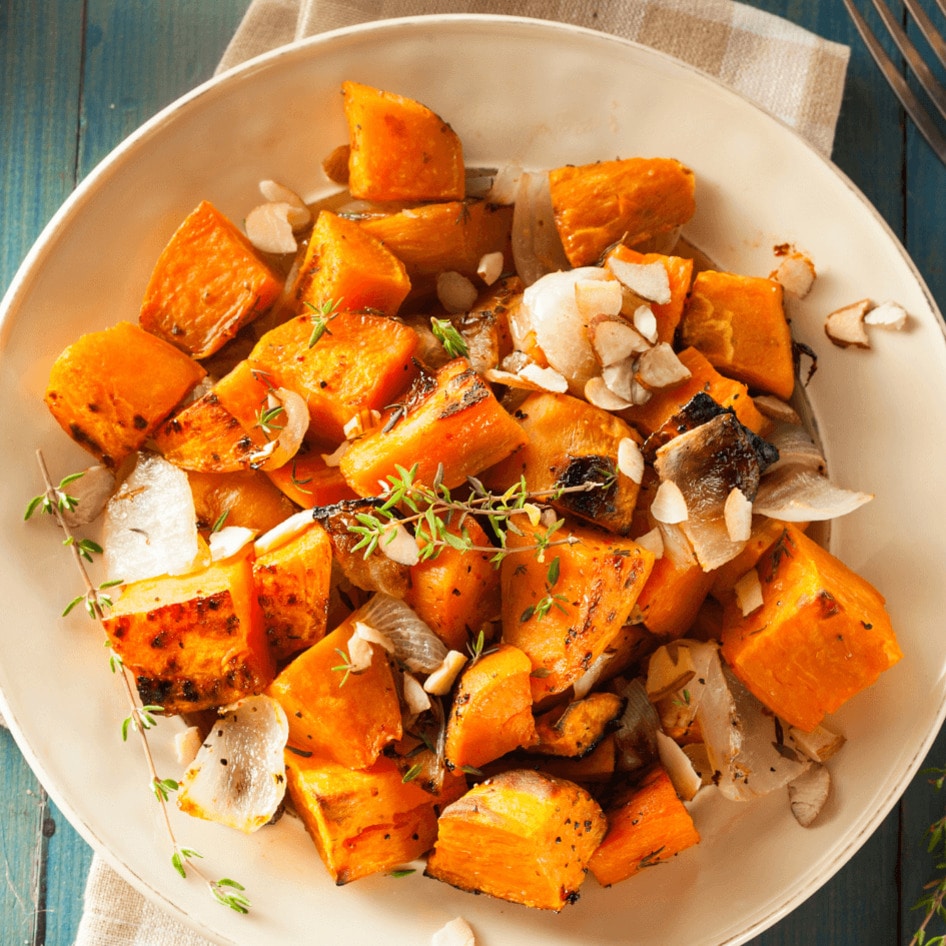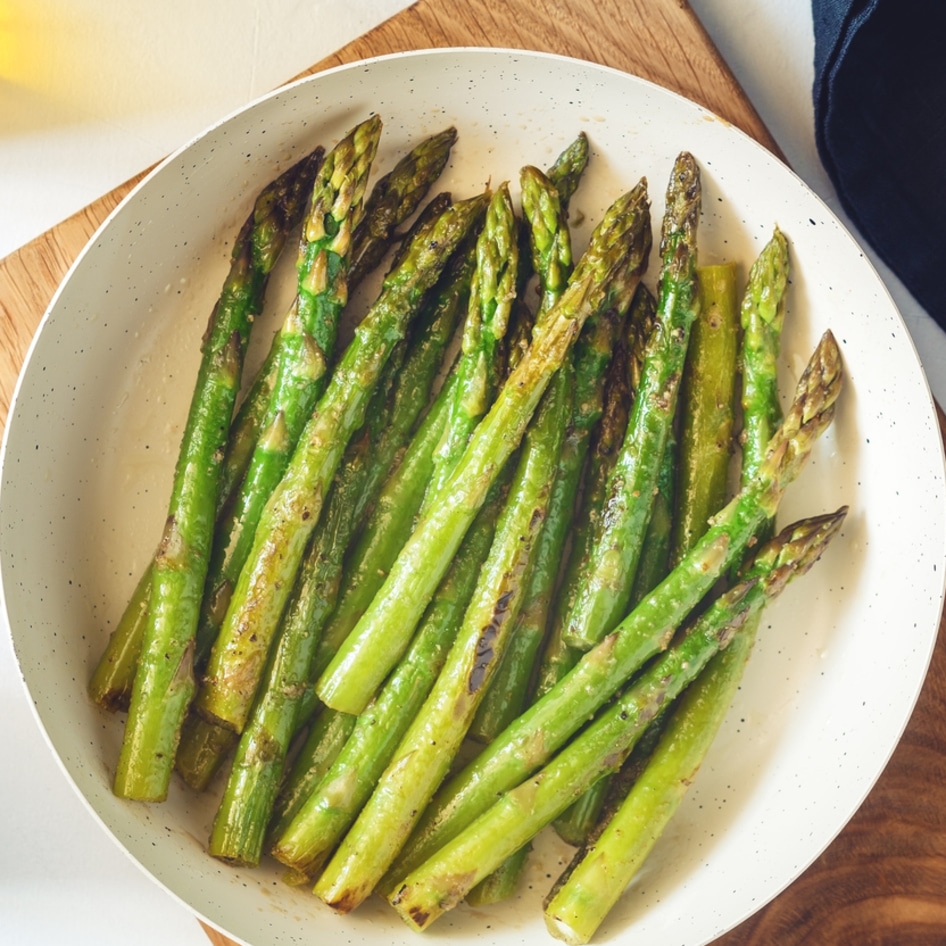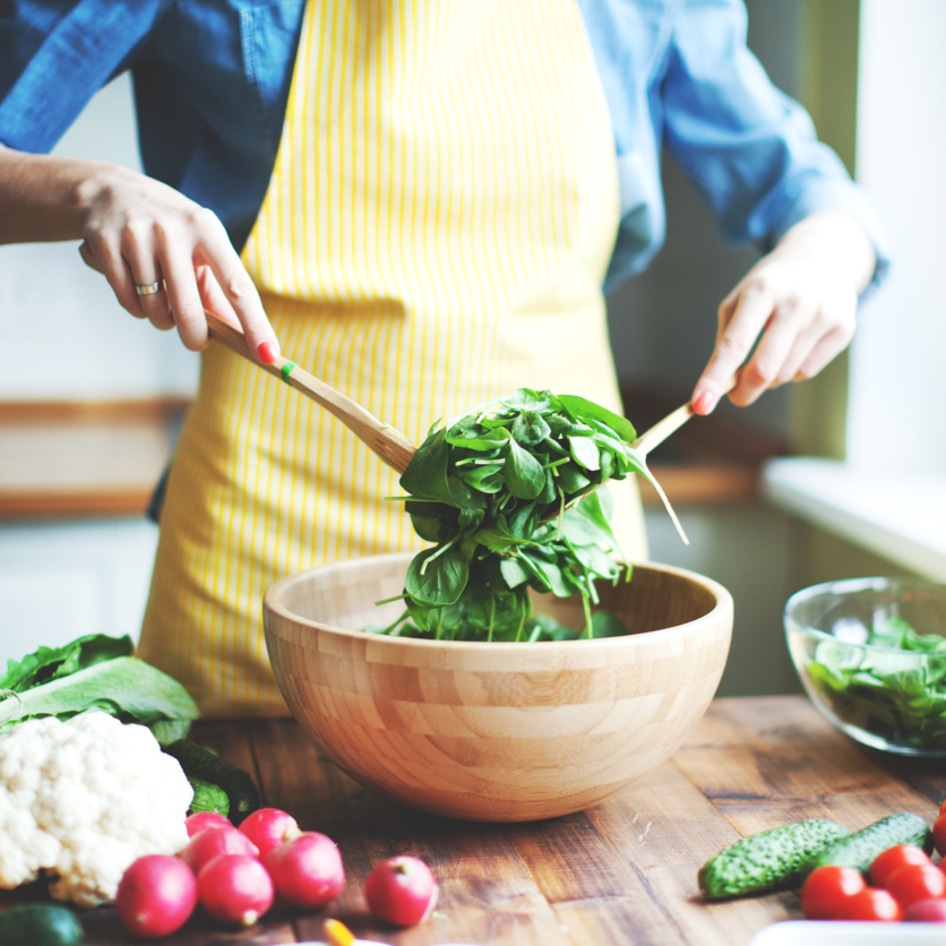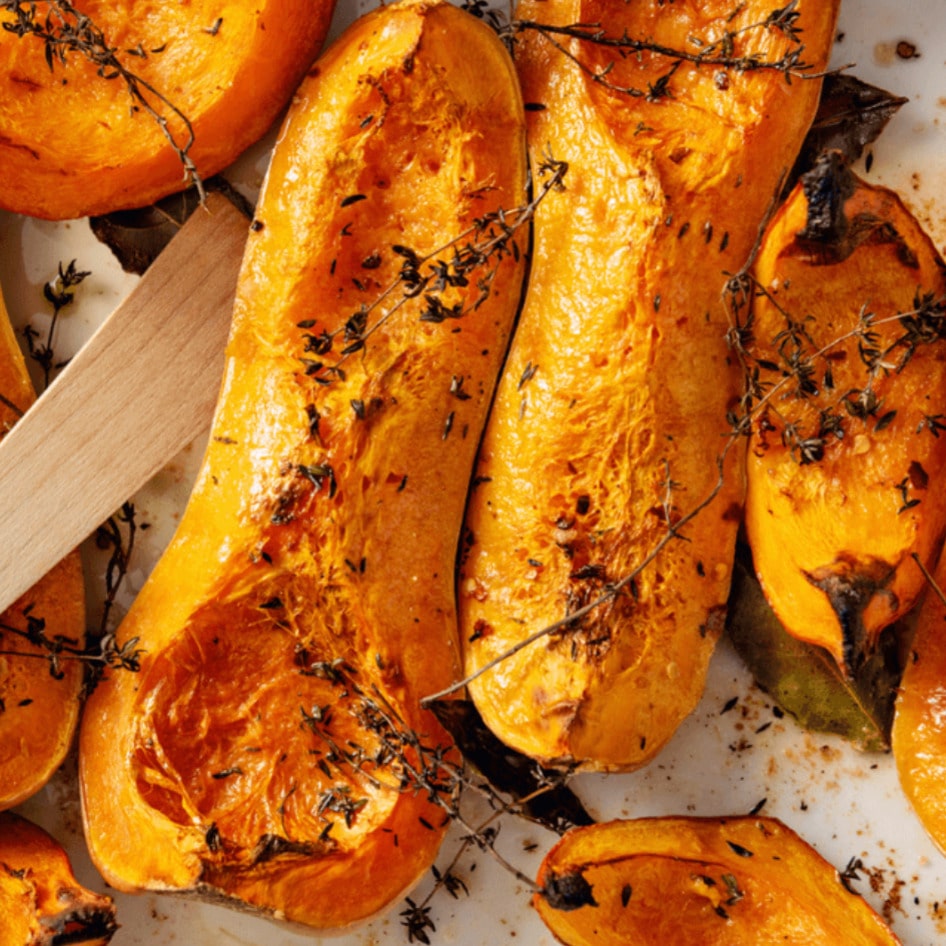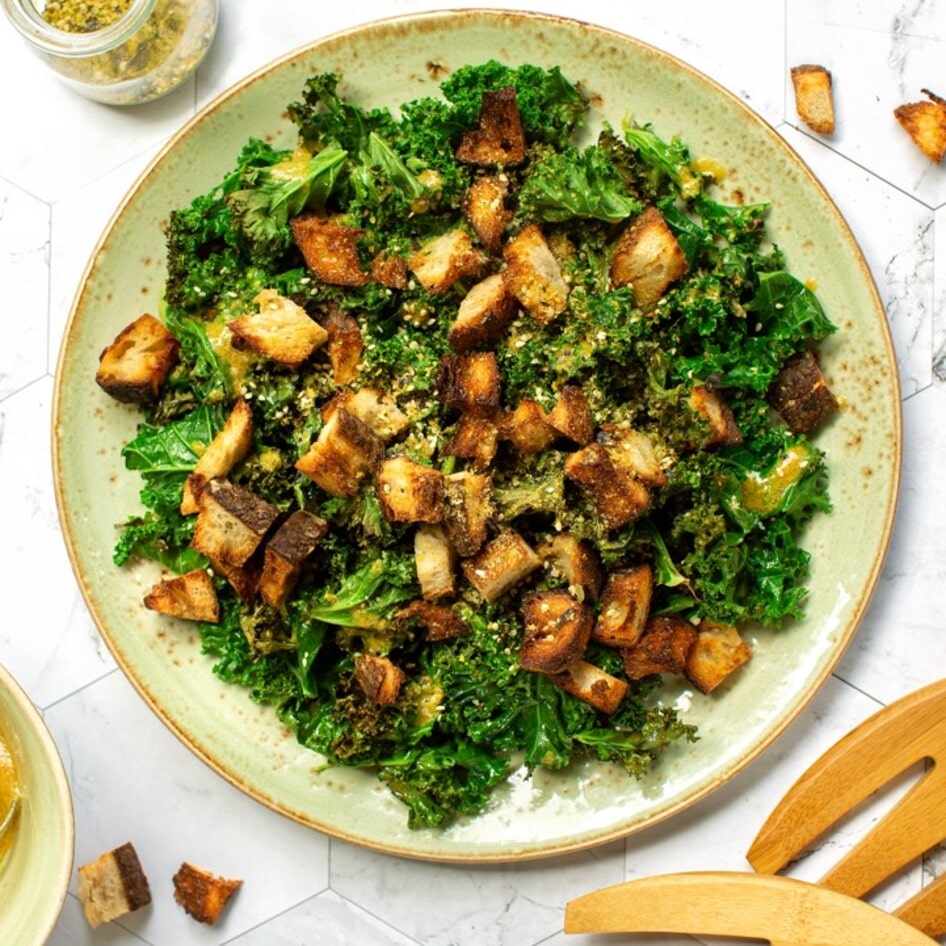Should You Eat Raw or Cooked? We Have the Answer
Is broccoli better baked? Should spinach never be sautéed? Find out with this handy guide.
February 22, 2011
That good-for-you garden salad might not be delivering on its promises: Many of produce’s health-promoting properties can be lost when baking, sautéing, or grilling. Read on to find how to get everything these nutrient powerhouses have to offer.
Carrots, Pumpkins, and Sweet Potatoes
Don’t be afraid to throw these orange edibles in the oven. These vegetables are high in beta-carotene, a carotenoid that is converted into vitamin A in the body, and important for vision, bones, and immunity. Beta-carotene resides in vegetables’ cellular walls—cooking breaks down those walls and makes absorption easier. Studies have also shown that falcarinol, an anti-cancer property found in carrots, increases when cooked.
Broccoli, Kale, Collard Greens, Cauliflower, Brussels Sprouts, and Cabbage
Raw is the right way to go with these members of the Brassicaceae family. All of these greens contain sulforaphane and glucosinolate, two cancer-preventative substances. Studies have shown that cooking broccoli reduces its sulforaphane by more than 90 percent, and other studies have found that up to 77 percent of glucosinolates are lost when boiling these vegetables for 30 minutes. Additionally, these greens are high in vitamins, folate, and potassium, which are lost during cooking. However, if you crave something cooked like kale enchiladas, you will still benefit from the green’s beta-carotene content.
Tomatoes and Red Bell Peppers
Lycopene, a carotenoid and antioxidant that makes these gems red, is thought to reduce cancer risk and promote heart health. A study revealed that cooking tomatoes leads to higher levels lycopene, which, like beta-carotene, is found in cell walls. However, the same research concluded that vitamin C levels declined in cooked tomatoes. Top your pizza with raw tomatoes and red bell peppers to have it all.
Spinach
You can do no wrong with this superfood. Spinach contains oxalates and calcium, which can lead to kidney stones if too much is ingested. Cooking spinach, however, removes the risk by breaking oxalates down. Additionally, cooking will help the absorption of spinach’s supply of beta-carotene and lutein (a carotenoid necessary for eye health). If spinach is the base of your daily salad, never fear: spinach is full of vitamins, magnesium, potassium, folate, and more—all of which are depleted when the vegetable is cooked.
Onion, Leek, and Scallion
These blubs boast vitamins B6, C, and K, as well as folate and potassium. They also contain the anti-inflammatory compound quercetin, which is reduced by boiling but is actually increased by baking and sautéing. Nevertheless, cooking will reduce these vegetables’ vitamin and mineral content, so make sure your next batch of salsa includes some raw onion and scallion.
Garlic
Garlic has been known to fight cancer, enhance immunity, and lower cholesterol. Allicin, an anti-microbial compound found in garlic, is destroyed by heat: cook garlic no longer than five minutes to utilize allicin’s benefits. Cooked garlic still retains flavonoids, selenium, and other sulfur compounds, so not all is lost in the heat.
Quick-cooking methods such as steaming and stir-frying are ideal for cooking vegetables, but the best way to benefit from soups and salads is simple: mix it up! Why not have a spinach salad with casserole, or some raw soup with a stir-fry? After all, variety is the spice of life.
JUMP TO ... Latest News | Recipes | Guides | Health | Shop

